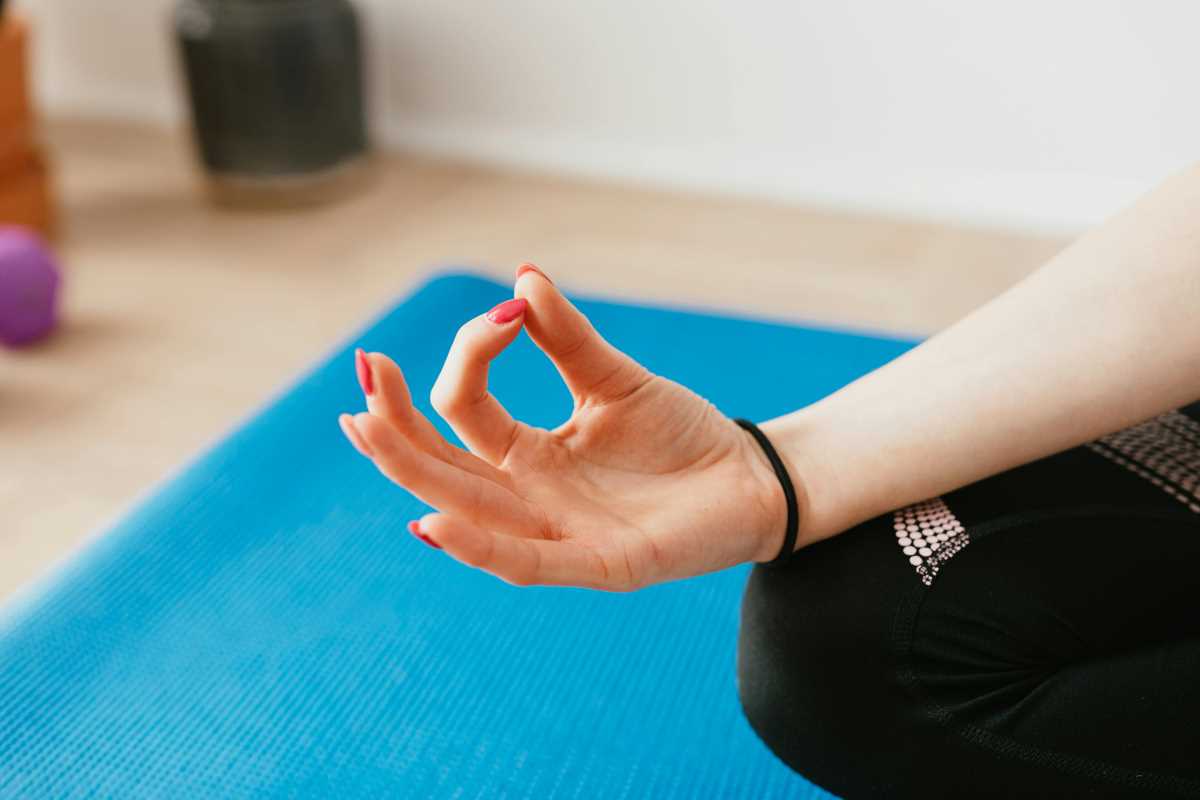If you’re a fitness enthusiast, you’ve probably heard the phrase “recovery is just as important as training” more than once. But when it’s time to hit the gym or your next workout, it can be tempting to skip recovery in favor of squeezing in another sweat session. Here’s the catch though—your body doesn’t get stronger, faster, or fitter during your workout. The real magic happens afterward, when your muscles recover and rebuild.
That’s where recovery techniques like compression gear and cold therapy come into play. They promise to speed up recovery and reduce soreness, making it possible for you to train harder and more consistently. But how do they actually work? Is it all hype, or is there solid science behind these methods? Grab a protein shake and settle in—we’re about to take a closer look.
Why Is Recovery Important, Anyway?
Before we dig into the specific techniques, it’s key to understand why recovery should be a priority in your fitness routine.
When you exercise—especially during high-intensity strength training or endurance workouts—you create tiny tears in your muscle fibers. This is totally normal and even essential for muscle growth. During the recovery process, your body repairs these tears, making your muscles stronger and more capable of handling future stress. If you don’t allow your body to recover, you’re likely to feel run-down, increase your risk of injury, and stunt your performance gains. Simply put, no recovery = no progress.
That’s why elite athletes and even casual gym-goers alike turn to methods like compression gear and cold therapy to give their bodies the support they need to bounce back quicker.
What Is Compression Gear?
You’ve probably seen other gym-goers rocking those tight, stretchy socks or sleeves. That’s compression gear, and it’s not just a fashion statement. Compression clothing applies gentle pressure to specific parts of your body, like your legs or arms, often targeting areas that work the hardest during exercise.
But how does squeezing your muscles help recovery? It all comes down to blood flow.
The Science Behind Compression Gear
When you work out, your muscles produce waste products like lactic acid. If this waste lingers, it can contribute to that heavy, sore feeling you get after an intense session. Compression gear helps blood and lymphatic fluid move more efficiently through your body. Translation? Better circulation means faster removal of waste products and delivery of fresh oxygen and nutrients to your recovering muscles.
Some studies have shown that wearing compression garments after exercise can reduce muscle soreness, also known as delayed onset muscle soreness (DOMS), and even improve performance during your next workout. However, it's worth noting that not every study agrees—researchers are still digging deeper to determine exactly how effective compression gear is.
When and How to Use Compression Gear
- During Workouts: Some athletes wear compression garments during training to support muscle groups and reduce fatigue.
- After Workouts: Many fitness enthusiasts swear by putting on compression gear post-workout to speed up the recovery process and keep soreness at bay.
- Long Flights or Rest Days: You can also use them on days you’re not training but want to stay active in your recovery, like on long flights or after a strenuous event like a marathon.
Pro tip? Look for high-quality compression gear designed specifically for athletic recovery. It should be snug (but not painfully tight) and made from breathable, stretchy materials.
What Is Cold Therapy?
Cold therapy, also known as cryotherapy, has been used for decades to reduce inflammation and pain. Whether you're dunking your legs in an ice bath, applying an ice pack to sore muscles, or stepping into a full-body cryotherapy chamber, the principle is the same—cold temperatures help your body recover.
The Science Behind Cold Therapy
Cold therapy works by narrowing your blood vessels (a process called vasoconstriction), which temporarily reduces blood flow to the area being treated. Once the cold is removed, your blood vessels widen (vasodilation), sending fresh, nutrient-rich blood into your muscles. This cycle helps flush out waste products and reduces inflammation caused by intense exercise.
Additionally, cold therapy can numb nerve endings, providing pain relief for sore muscles. This combo of reduced inflammation and pain is why many athletes swear by the practice.
Different Types of Cold Therapy
There are a few ways to incorporate cold therapy into your recovery routine, depending on your preferences and access to equipment:
1) Ice Baths
Submerge yourself in a tub filled with cold water and ice. Yes, it’s uncomfortable, but many athletes rave about its benefits for reducing soreness after tough workouts.
2) Cold Showers
If ice baths aren’t your thing, a cold shower can offer similar (though milder) benefits.
3) Ice Packs
For targeted muscle soreness or pain, applying an ice pack directly to the area is simple and effective.
Cryotherapy Chambers
These high-tech chambers expose your body to extremely cold temperatures (around -200°F!) for a few minutes. While it’s pricey and not always accessible, some athletes swear by cryotherapy's benefits.
Does Cold Therapy Actually Work?
Research shows mixed results when it comes to cold therapy. While many people experience reduced soreness and faster recovery, some studies suggest that extreme cold may actually impair muscle adaptation. That’s because inflammation is part of the natural muscle repair process, and too much interference could slow muscle growth over time.
The takeaway? Cold therapy can be great for managing soreness and staying consistent with your workouts, but it may not be the best tool if you’re focused solely on building strength and muscle mass.
Should You Pick One Recovery Technique or Use Both?
The good news is, you don’t have to choose between compression gear and cold therapy. These techniques can complement each other, and using both may offer more benefits than sticking to one alone.
For example, you might throw on a pair of compression socks after an ice bath for added recovery support. Or, use compression gear regularly and save cold therapy for particularly tough training days or injuries.
Recovery Is a Habit, Not a Shortcut
Here’s the thing—tools like compression gear and cold therapy can help speed up recovery, but they’re not magic. Consistently supporting your body with proper hydration, nutrition, sleep, and active recovery (think light stretching or yoga) is just as important.
That said, understanding the science behind recovery techniques gives you more tools to support your fitness goals. If you’re someone who wants to run faster, lift heavier, or train harder, investing in your recovery is one of the smartest moves you can make.
Compression gear helps improve circulation and reduce soreness, while cold therapy lowers inflammation and provides pain relief. Whether you’re gearing up for your next marathon or just trying to stay consistent in the gym, these recovery techniques can play a big role in keeping your body in peak condition.
Your takeaway? Listen to your body. Experiment with these recovery methods and see what works best for you. Recovery is not one-size-fits-all, but with tools like these, a great training session is always within reach.







